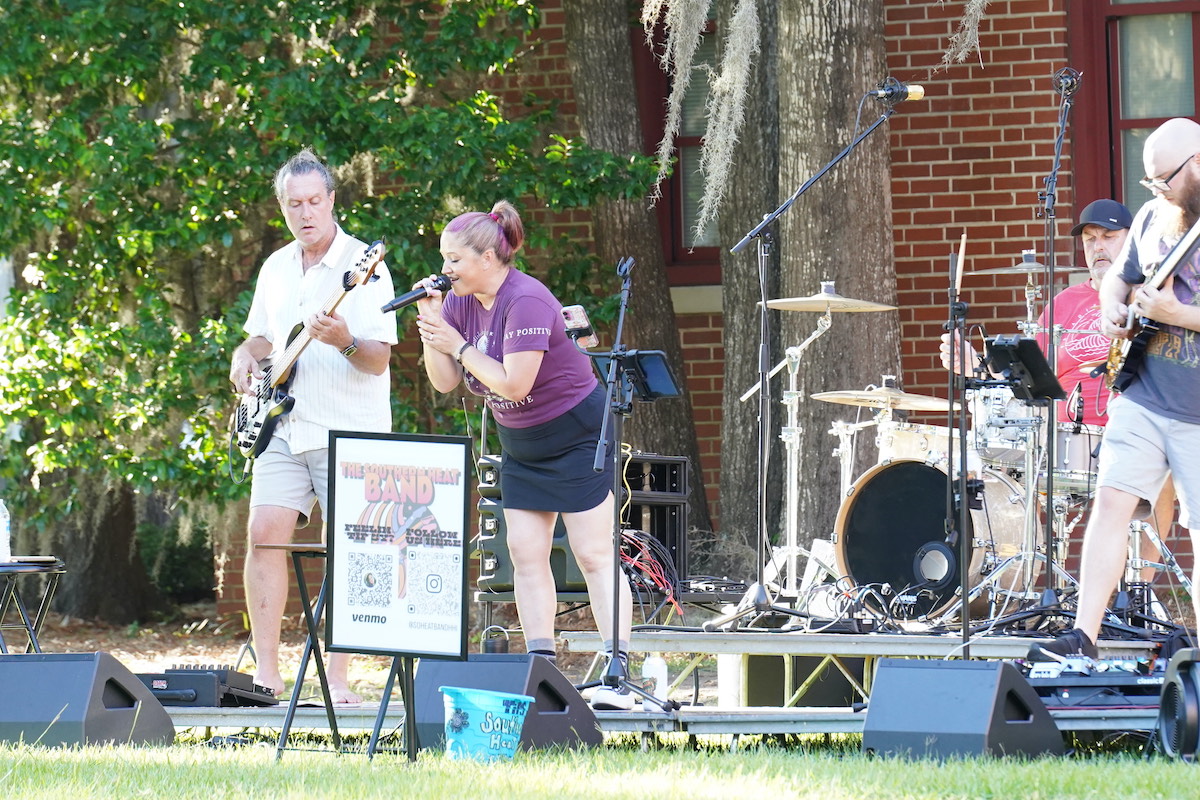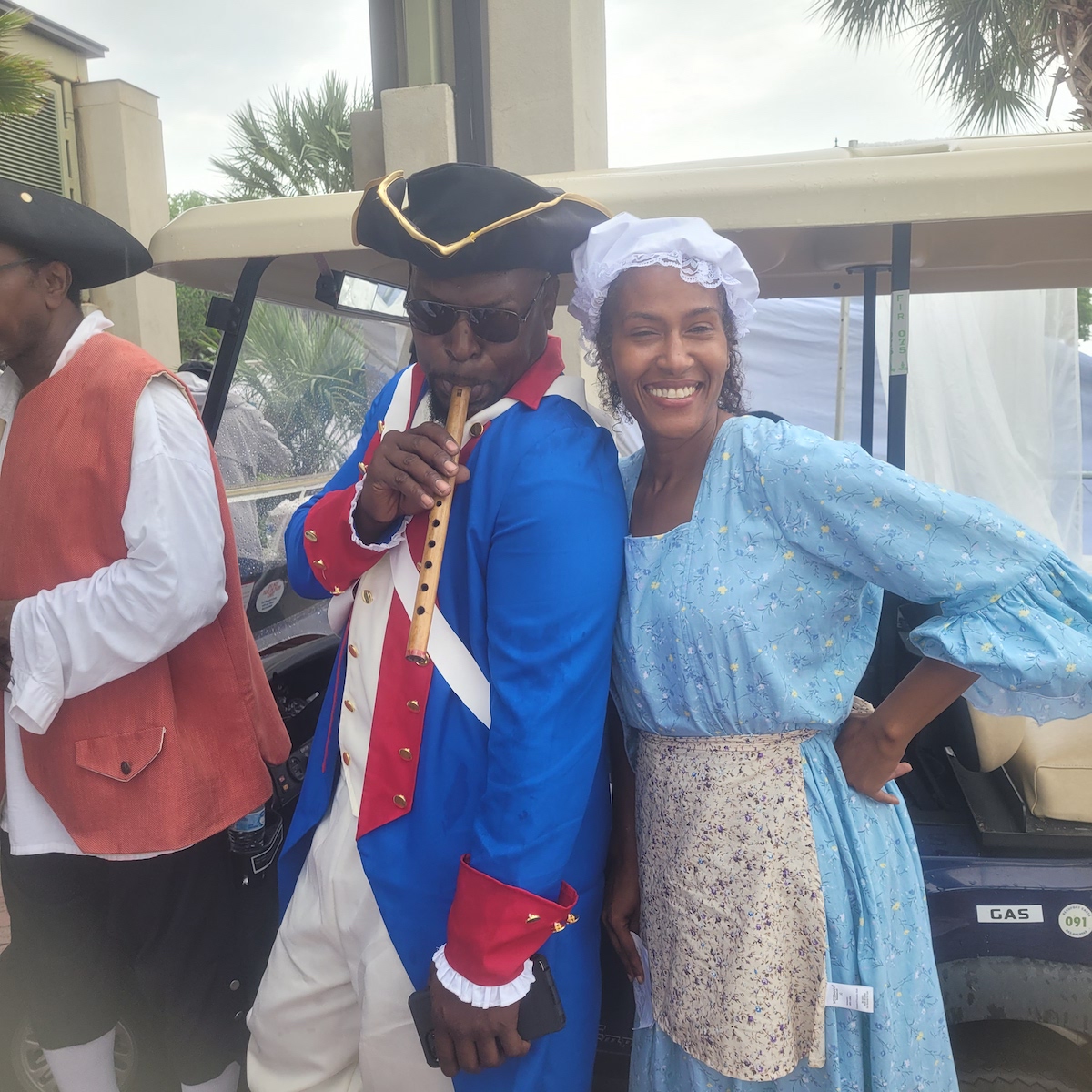By SCOTT GRABER
It’s Friday and I’m sitting on a small, comfortable sofa bathed in the afterglow of a solid, satisfying read. If there is a silver lining to our pandemic, it has been the opportunity to read fiction and not feel guilty about hours spent in the embrace of a good story.
Back in 2013, I watched a video of Pat Conroy being interviewed by Ann Patchett in Nashville. This interview was part of a multi-city book tour Pat took in order to promote “The Death of Santini.”
Earlier today I went back to that video (it’s still available on YouTube) in an effort to better understand Ann Patchett and her newly published book “The Dutch House.” I did this because I have just finished her novel and wanted to know more about the person who conceived and wrote this remarkable work of fiction.
“The Dutch House” is centered on two people, a brother and sister, who grow up in a large, elegant, richly furnished house in suburban Philadelphia. The primary scene, from which the story evolves, is the abrupt, largely unexplained departure of their mother, Elna, when these two siblings are children.
In the 2013 video (between Patchett and Conroy) we learn the primary notion in “The Death of Santini” is the transformation of Don Conroy after being an angry, explosively violent “father” for most of his life.
In the interview Pat answers questions about his younger, unreconstructed father, detailing his cruelty and the impact of this cruelty on his brothers and sisters.
In Patchett’s novel, the abrupt departure of Elna, when Maeve and Danny are small children, is ameliorated by the young female servants who live in the large house and who jump into the delivery of the warmth and love that their father, Cyril, cannot provide. Cyril is not a bad man, but he is distant and seemingly incapable of the sympathy or the compassion that normally come with mothers.
In Patchett’s novel, Maeve and Danny sustain a second blow, when Cyril’s new wife, Andrea, becomes increasingly hostile (to them) and eventually forces them out of their large, elegant home and into semi-poverty. They lose the house, their inheritance and the servants who tended to their nutritional and emotional needs
But in the midst of this mostly downward spiral, the two children cleave to each other, becoming best, life-long friends. Maeve, the smarter of the two, forgoes her own future so that Danny can go to college, and then to medical school, and even helps him find a wife.
In a real sense the inexplicable cruelty of their mother binds these two together in a way that would have never happened but for her abrupt departure. Elna’s despicable act of abandonment leads to a strong, enduring friendship that sustains brother and sister for the rest of their lives.
In Pat’s case there was a mother, Peg, who I knew to be a lovely, soft-spoken woman that I occasionally helped with legal matters. She certainly was a factor in the lives of her children, their formation and who they ultimately became.
But she could not shield those children from the tsunami of anger, resentment and unpredictable violence that came in the form of Don Conroy. That ominous, thunderstorm-of-a-man swept everyone before him into frenzied retreat and instantaneous fear. That firestorm left casualties and whole-body impairment in its wake.
But children are resilient and often recover from a violent parent, or one incapable of love, or one who simply disappears. The scar tissue remains; the poison still circulates; the memories are indelible. But somehow, someway many avoid permanent victimhood, or mental illness and move on to productive, even happy lives.
In the last pages of Patchett’s novel she brings Elna back from the past for a reckoning with her stunned children — she gives their mother the opportunity to explain herself.
These final chapters are bold and unexpected, but I have to wonder why this terrible parent wasn’t left in her fictional Siberia? Did Patchett really want a happy ending where everyone links arms and sings, “Amazing Grace?”
Then, later, when I was re-watching the interview, I remembered Patchett’s last question to Pat,
“Why (after reading “Death of Santini”) did I end up loving Don Conroy?”
Maybe Patchett wanted us to understand the wandering, prodigal mother. Maybe she believes in redemption.
Or perhaps she just wanted to forgive this mother and bring her home to her children.
Scott Graber is a lawyer, novelist, veteran columnist and longtime resident of Port Royal. He can be reached at cscottgraber@gmail.com.






